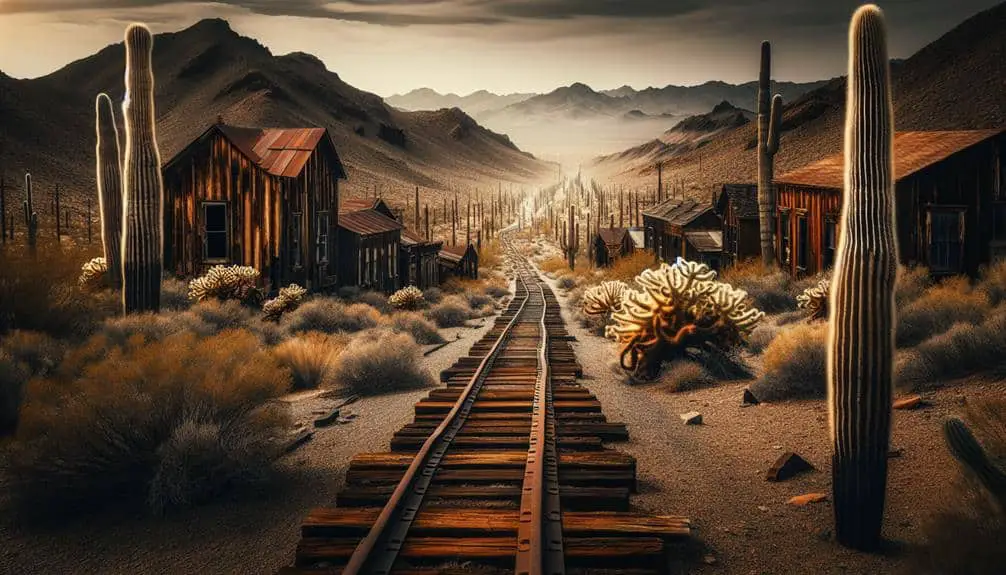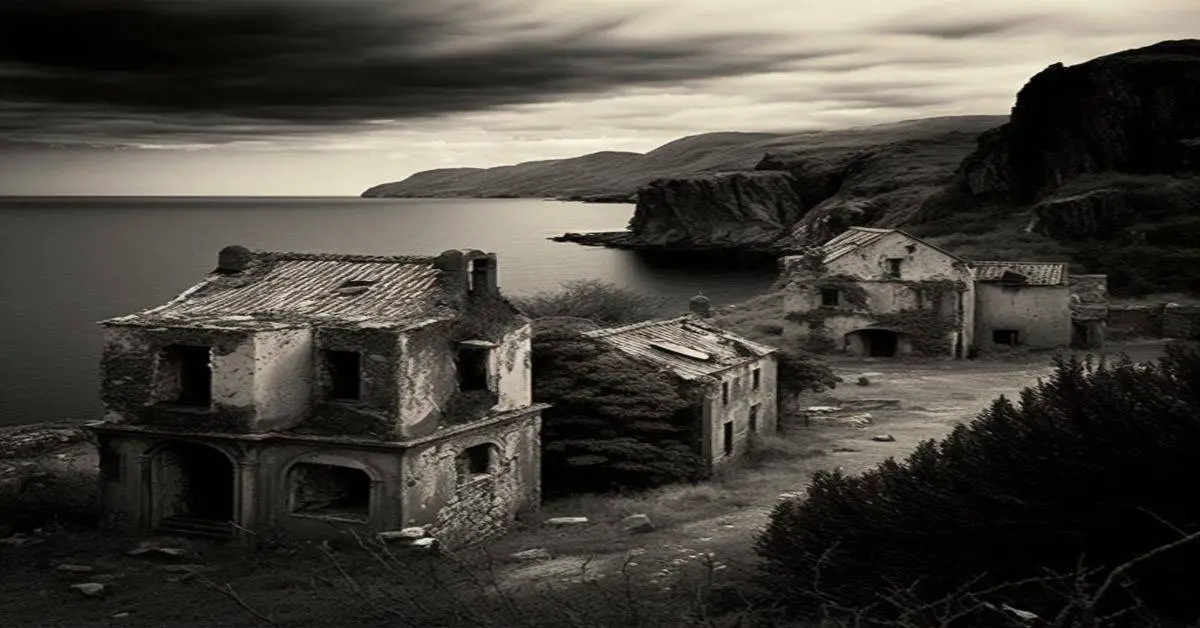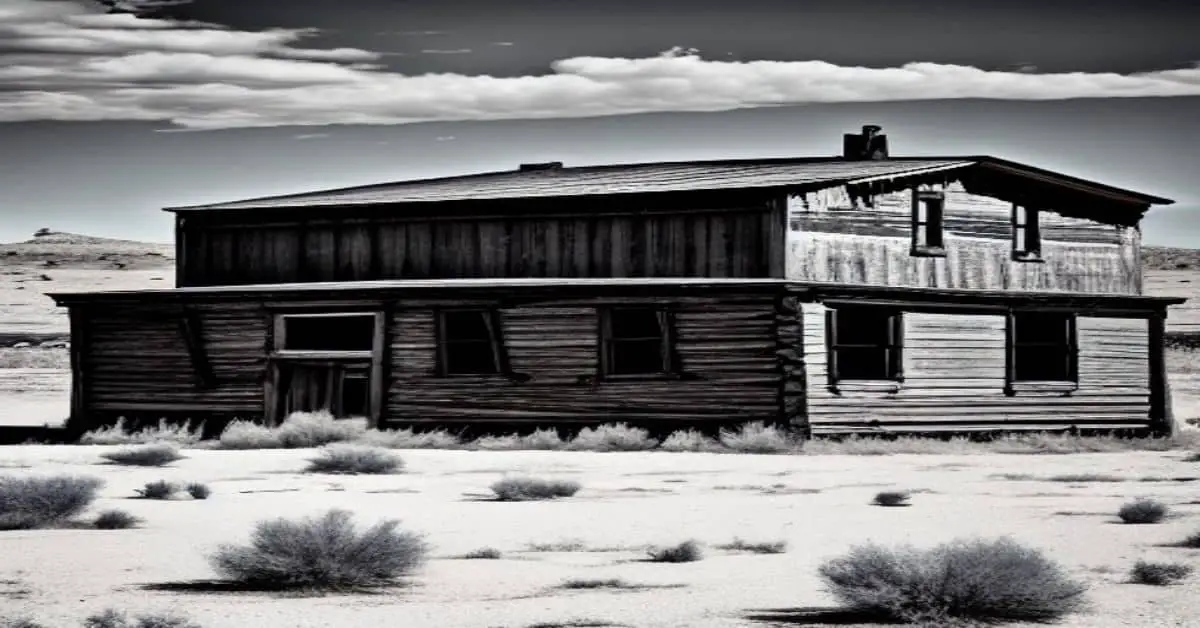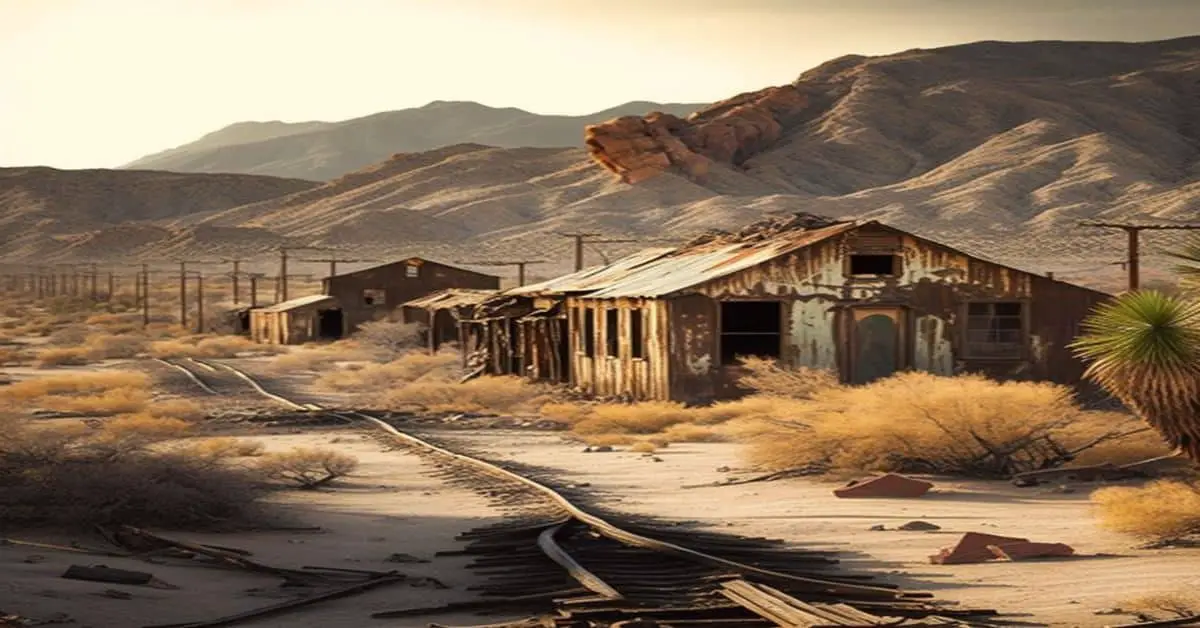Step into Arizona’s historic rail ghost towns, where rusting tracks and forgotten buildings whisper tales of past glory. Experience the remnants of a bygone era shaped by mining booms and essential railways, offering a unique window into the past. These sun-bleached landscapes hold the secrets of diverse populations seeking fortunes, now preserved in decaying architecture. Each town, with its blend of Western influences and unique designs, invites you to immerse yourself in Arizona’s rich history and cultural significance. Discover the haunting beauty of these towns and the challenges faced in their ongoing preservation efforts. Uncover the hidden gems that await your exploration.
Key Points
- Abandoned railways and structures in sun-bleached landscapes.
- Well-preserved architecture showcasing cultural significance.
- Mix of Western influences and unique designs in town layouts.
- Desert landscapes providing a haunting backdrop to transportation history.
- Diverse towns offering immersion in various facets of Arizona’s past.
Origins of Arizonas Rail Ghost Towns
The origins of Arizona’s rail ghost towns can be traced back to the late 19th and early 20th centuries when the state experienced a significant mining boom. The burgeoning railway industry played a pivotal role during this period, facilitating the transportation of ore, equipment, and people to and from the mines. As a result of the mining boom, towns sprung up along the rail lines to support the industry, creating a network of bustling communities in the desert landscape.
The impact of transportation was profound, shaping not only the economic development of Arizona but also the physical layout of the towns themselves. Railways enabled the efficient movement of goods and resources, fueling the growth of industries beyond mining. As these towns flourished, they attracted a diverse population seeking employment opportunities and a chance to build a new life in the West.
The convergence of the mining boom and the transportation impact transformed the Arizona desert into a vibrant and dynamic region, laying the foundation for the rail ghost towns that stand as historical relics today.
Abandoned Railways and Structures
Amidst the sun-bleached landscapes of Arizona’s historic rail ghost towns, remnants of abandoned railways and structures stand as silent witnesses to a bygone era of bustling activity and industrial growth. The rusting tracks weave through the desert, tracing a path once filled with the clatter of trains carrying goods and passengers across the rugged terrain. These tracks, now weathered and worn, speak of a time when the railroad was the lifeline of the region, connecting distant communities and fueling economic development.
Alongside the rusting tracks, forgotten buildings dot the landscape, their skeletal frames hinting at the grandeur they once possessed. These structures, once bustling depots or workshops, now stand as decrepit shells, slowly succumbing to the relentless march of time. Peering inside these abandoned buildings, you can almost hear the echoes of past conversations and the sounds of trains roaring by.
Exploring these abandoned railways and structures offers a glimpse into a chapter of Arizona’s history that’s both poignant and fascinating. The rusting tracks and forgotten buildings serve as reminders of the resilience and ingenuity of those who built and maintained the railroad network that shaped the state’s development.
Attractions and Points of Interest
Explore the remnants of Arizona’s historic rail ghost towns to uncover a myriad of attractions and points of interest waiting to be discovered. The cultural significance of these towns shines through in their well-preserved architecture, offering a glimpse into the past and the way people used to live.
The mix of Western influences and unique designs creates a visually enthralling experience for visitors interested in history and architecture. Tourist activities abound in these ghost towns, with opportunities for exploring the old railway stations, taking guided tours, and even riding on vintage trains that still run along certain tracks.
Immerse yourself in the transportation methods of a bygone era as you marvel at the engineering feats of the past. The charm of these towns lies in their ability to transport you back in time, allowing you to appreciate the ingenuity and hard work that went into building these communities along the railway lines.
Preservation Efforts and Challenges
Explore the ongoing preservation efforts and the challenges faced in maintaining Arizona’s historic rail ghost towns. Preserving these historic sites involves a delicate balance between maintaining authenticity and ensuring structural stability. Challenges arise due to weathering, vandalism, and the sheer cost of restoration efforts.
Weathering, particularly in Arizona’s arid climate, can cause rapid deterioration of buildings and tracks. Vandalism poses a threat to the integrity of these sites, requiring constant monitoring and security measures. The financial burden of restoration efforts is significant, with many projects relying on grants, donations, and volunteer work.
Despite these challenges, preservation efforts are essential in safeguarding the rich history and cultural heritage of Arizona’s rail ghost towns. Progress has been made in restoring and maintaining these sites through partnerships with historical societies, government agencies, and local communities. By raising awareness and fostering a sense of appreciation for these historic gems, we can ensure that future generations can continue to explore and learn from Arizona’s fascinating rail ghost towns.
“This line was chartered under the Santa Fe, Prescott and Phoenix Railway in May of 1891. Construction started in August of the next year at Ash Fork, and completed to Prescott in April of 1893.”
“The line traversed Limestone Canyon, and featured severe grades, curves and bridges. Derailments and rock slides were a constant problem.”
https://www.abandonedrails.com/ash-fork-to-prescott
Unique Characteristics of Each Town
Each of Arizona’s historic rail ghost towns boasts a distinctive set of characteristics that encapsulate the unique stories and heritage of the past. In these towns, you’ll find a blend of cultural artifacts and architectural ruins that whisper tales of a bygone era. Each town’s desert landscapes provide a haunting backdrop to the remnants of a rich transportation history, where abandoned train tracks speak of a time when these towns were bustling with activity.
In towns like Jerome, you can explore the remnants of old mining structures intertwined with the charm of a vibrant artist community. On the other hand, places like Gleeson offer a more serene experience, with well-preserved adobe ruins that transport you back in time. The diversity among these towns allows you to immerse yourself in various facets of Arizona’s past, from the Wild West days to the industrial boom fueled by the railroad. Whether you’re fascinated by history, architecture, or simply the allure of the desert, each ghost town has something unique to offer, waiting to be discovered.
Frequently Asked Questions
How Can Visitors Access These Historic Rail Ghost Towns in Arizona?
To explore Arizona’s historic rail ghost towns, you can ride vintage trains or drive through scenic routes. Some areas may have limited access due to preservation efforts, but the journey through time is worth it.
Are There Any Guided Tours Available for Exploring the Rail Ghost Towns?
You can explore Arizona’s rail ghost towns through various guided tours. These tours offer convenient transportation and insightful commentary on the historical significance and preservation efforts of these unique sites, providing a memorable experience for visitors.
What Is the Best Time of Year to Visit These Historic Sites?
For a delightful adventure, plan your trip to Arizona’s rail ghost towns in the mild spring months. Enjoy comfortable weather conditions and convenient travel accommodations as you explore the historic sites and partake in local festivals.
Are There Any Local Legends or Ghost Stories Associated With These Rail Ghost Towns?
Local legends swirl around Arizona’s historic rail ghost towns, with tales of mysterious disappearances, ghostly apparitions, and paranormal encounters. Exploring these sites may reveal more than just remnants of the past.
Can Visitors Participate in Any Hands-On Activities or Events at These Sites?
At these historic sites, you’ll find engaging hands-on experiences like gold panning, train rides, and interactive workshops on railroad history. Immerse yourself in the past and have a blast with these activities!



